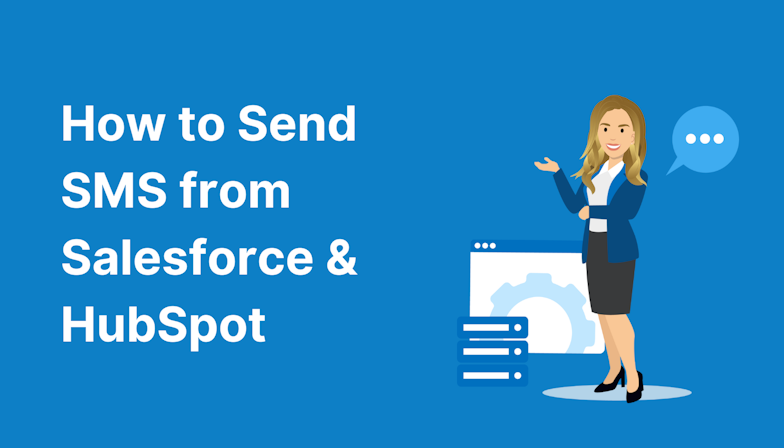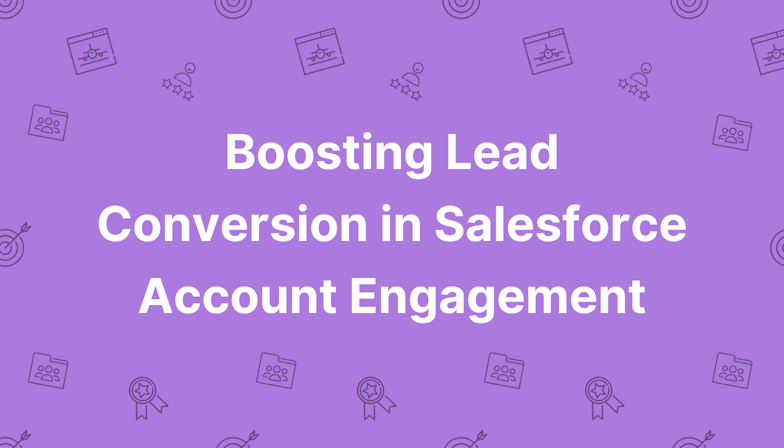The HubSpot Salesforce integration delivers a simple and out-of-the-box sync, but it’s designed for basic use cases. If you only need one-way syncing, standard objects, and minimal data logic, then you shouldn’t have a problem. But once you need more control, richer reporting, or tighter governance, the limitations become obvious.
The integration:
Only supports up to 10 custom objects per account (and, for two-way, access to the beta and Enterprise-level features)
Defaults to Salesforce as the source of truth, even if marketing should take priority
Lacks robust conflict resolution and error logging
Doesn’t provide granular control over field-level sync behaviour
Struggles with large volumes of data or high sync frequency
These constraints are fine for some small businesses but not for teams that want to build advanced workflows, automate attribution, or prove campaign effectiveness to the board.
With all this in mind, here are seven common integration issues you may run into and how to approach them either internally, if you have the technical expertise and time, or using a HubSpot Partner like MarCloud.





